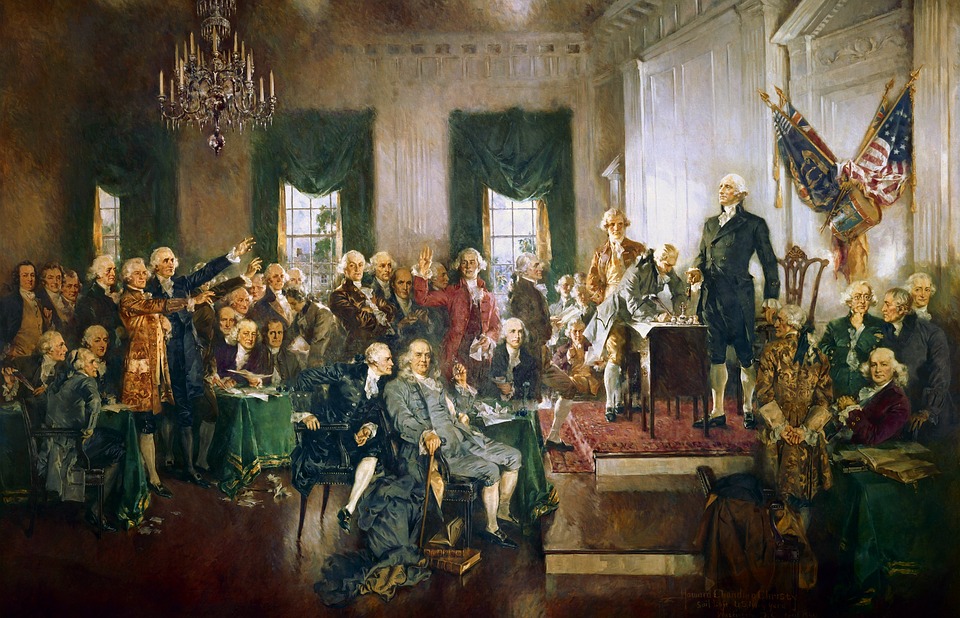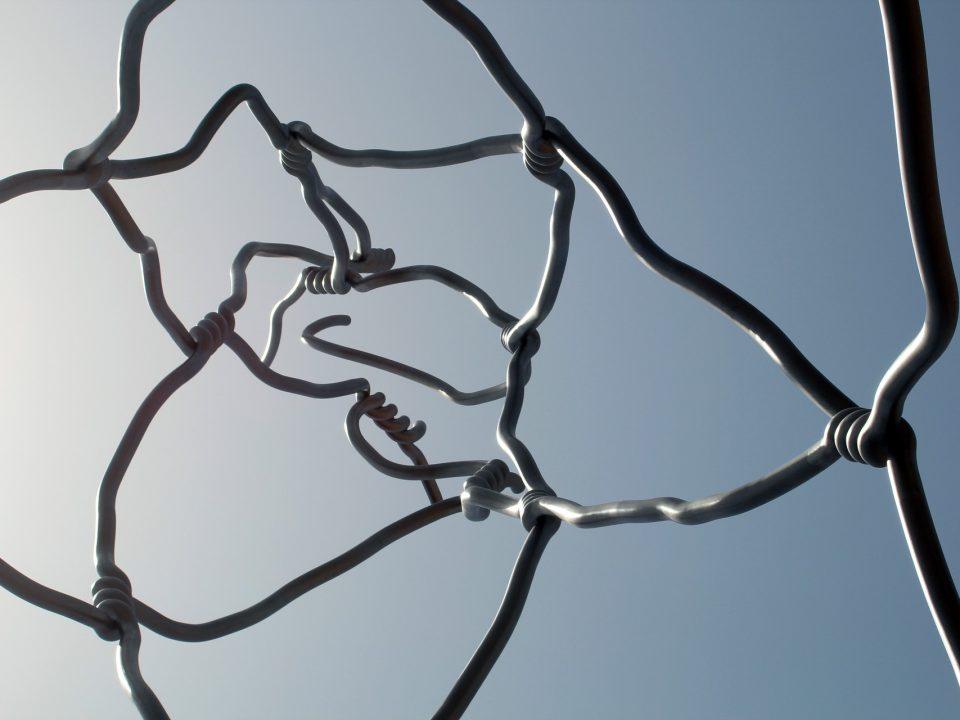Hamilton in Philadelphia – Part One: The Man and the City

With Hamilton: An American Musical wrapping up its three-month engagement at the Kimmel Center, I figured it was time that we took a look at Alexander Hamilton’s life, both the IRL version and the Broadway one. The blockbuster musical is a tour de force, and I’ll admit a bias since I can sing every word of the sung-through libretto by heart. But Hamilton is more than a breathtaking, heartbreaking spectacle about a complicated, flawed man – it’s a love story to America, telling the story of her birth through the lens of one man’s life. Although much of the show takes place in New York City, Hamilton visited Philadelphia frequently through his too-short life. Let’s take a tour of the landmarks Hamilton was part of that are still alive and well in Old City, Philly today.
Independence Hall
Hamilton was present as a New York junior delegate at the Constitutional Convention of 1787, where he was the only representative from his state to sign the newly-minted Constitution. This historic event took place at Independence Hall, which is of course still standing today and a major tourist draw. Hamilton, primary author of The Federalist Papers, was actually a major driving force in getting the Constitution passed, as the document was the subject of some major contention at the time. Note that Hamilton didn’t get to sign the Declaration of Independence because he was too busy fighting in the Revolutionary War under George Washington to attend.
First Bank of the United States
Hamilton, Treasury Secretary, founded the first American bank – the original, central bank not owned by a monarch. Hamilton caught a lot of flak for trying to streamline states’ debts and put together a cohesive financial system, and today the First Bank building stands as a brick-and-mortar reminder of this Founding Father’s greatest accomplishment. The bank is not open to the public, but its majestic, pillared portico makes for an awesome photo backdrop. On the opposite side of the square, check out Carpenter’s Hall, where the bank was housed for three years while the grand First Bank was being constructed.
Plaque Recognizing Alexander and Eliza Hamilton’s Philadelphia Home
Although Alexander and his wife, Eliza(beth) Hamilton made their permanent home in New York City, they maintained a home in Philadelphia between 1790 and 1795 due to Alexander’s work. The home itself no longer exists, but there is a plaque at 226 Walnut Street where it once stood. Notably, this is the house where Hamilton carried on his torrid and notorious affair with Maria (pronounced “Mariah”) Reynolds, who was also married. Her husband exploited his knowledge of the illicit goings-on and blackmailed Hamilton for cash while allowing the affair. Eliza found out about his infidelity at the same time as the rest of the titillated and appalled country when Hamilton published The Reynolds Pamphlet.
City Tavern
Unfortunately, the original City Tavern has long since been destroyed, but this replica, built on the original site in as identical a manner to the original as possible, is a great place to stop either during or after your personal Alexander Hamilton’s Philadelphia tour to grab something cold and refreshing. Barmaids and keepers dressed in Revolutionary War-period costume will cheerfully sling themed lagers while you make like Hamilton, Washington, Lafayette, Mulligan, and Laurens and drink after a hard day building America. Standout servings include “shrub,” a Colonial-style brew that offers the most authentic experience, or toast to “The Story of Tonight” with Alexander Hamilton’s Federalist Ale, with crisp, hoppy notes.
United States Mint
An extension of Alexander Hamilton’s great legacy of essentially birthing American banking and credit as we know it today, the United States Mint in Center City is yet another mandatory stop on any Hamilton tour. Congress approved plans for the building of the first U.S. money-printing plant in 1792. The current Mint building stands on the footprint of the original. Visitors can take a 45-minute (approximate) self-guided walking tour and learn all sorts of fascinating trivia about how our currency is made now and through the past 220+ years and watch a looping video that describes Hamilton’s involvement with the creation of a national bank and the mint that would fuel it.
If you are planning to see Hamilton in Philadelphia, treat yourself to a day exploring Philadelphia through Alexander’s eyes.



